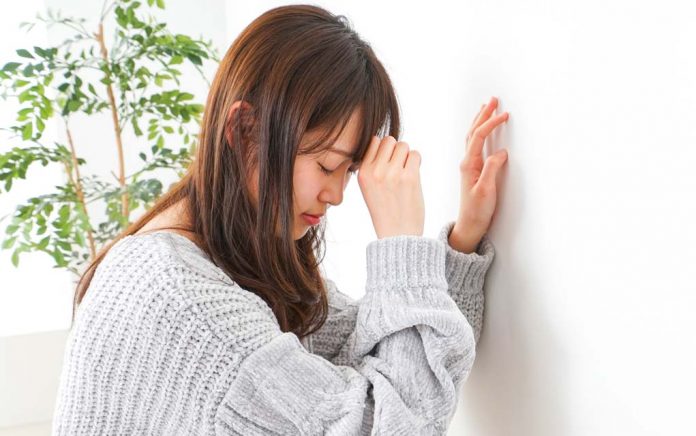
Do you need to catch your breath after walking a flight of stairs?
Or maybe the days just feel like they are too long and you can't keep up, and no amount of make-up will hide the dark circles under your eyes?
Feeling like a couch potato and wanting to sleep all day may not mean you are depressed, getting old, or just plain lazy. There could be an underlying cause you may not have considered.
Iron deficient anemia is when your blood has a lower than normal count of healthy red blood cells due to insufficient iron. In the United States, iron deficiency affects 7% of toddlers (1–2 years old) and 9–16 % of menstruating women.
Your bone marrow requires iron to make haemoglobin, the oxygen-carrying protein in red blood cells that is needed to deliver oxygen from your lungs to all parts of your body. Iron is also necessary to help your muscles store and use oxygen. Without enough iron, your red blood cells are unable to carry oxygen effectively to your organs and tissues.
When your body is iron deficient it will continue running for a while, using the iron reserves stored by ferritin. When all the iron in your body is used up, your level of haemoglobin will drop significantly.
Symptoms
Initially you may not notice that your body is running low in iron. But over time, as your iron stores are getting depleted, you will start experiencing many symptoms such as:
- Extreme fatigue and low energy
- Confusion or poor concentration
- Headache
- Decrease immunity
- Shortness of breath
- Irritability
- Brittle nails
- Inflamed tongue
- Rapid pulse
- Eating or craving non-nutritive substance such as dirt, clay or paper (pica)
- Restless leg syndrome
- Black spots in your vision
Causes
This progressive depletion of iron in your body can be attributed to several reasons:
Low dietary intake of iron
Two forms of iron can be obtained from your diet: heme and non-heme. Heme iron is derived from haemoglobin in meat, poultry and fish whereas non-heme iron comes from other tissues from animals and from plant tissues.
You can absorb heme iron 2–3 times more efficiently than non-heme iron. A diet containing heme iron will also help increase the absorption of non-heme iron. Because the iron in plant-based food is less available for absorption, vegetarians and vegans need to be more vigilant with their diet in order to obtain the daily recommended amount of iron their body needs.
You can increase the absorption of non-heme iron by consuming foods high in vitamin C. You should also limit substances like tannins (tea), polyphenols (coffee), and calcium because they can reduce iron absorption.
Inability to absorb iron efficiently
Some people can have enough iron in their diet, but they may have trouble absorbing it because of:
- conditions such as Celiac and Crohn's diseases
- having had gastric bypass surgery
- taking antacids
Excessive blood loss
An iron deficiency is often caused by extreme blood loss. Women are more commonly affected due to menstruation or childbirth. It can also occur if you experience intestinal bleeding from peptic ulcers, uterine fibroids, cancer, or hemorrhoids.
Physical activity
In general athletes have a larger number of red blood cells and blood vessels, which increases their iron requirements. In addition, high-impact and high-stress exercises such as running and jumping can burst tiny blood vessel and can result in blood loss.
Pregnancy
The iron requirement increases significantly not only for the fetus but also because of the increase in blood volume (around 2 litres) that occurs during pregnancy. Iron deficiency during pregnancy increases the risk of having small or pre-term babies who are more likely to have health problems or die within the first year of their life.
Talk to Your Doctor
If you suspect you may be low in iron, talk to your doctor. Your doctor can order a complete blood count (CBC), a routine test that measures levels of both haemoglobin and hematocrit, to confirm if you have anemia.
Do not self-diagnose. Iron is toxic and too much in your diet can seriously harm you.
The best way to prevent anemia is to:
- Eat a balanced diet rich in iron.
- Eat foods rich in vitamin C to help your body absorb the iron.
- Restrict your intake of tea or coffee near mealtime since they make it harder for your body to absorb iron properly.
Talk to your doctor before taking and an iron supplement, and then choose a ferrous form as it is better absorbed by your body.










